Subscribe for Access
Facing a conflict with your SaaS partner? Amy Gallo, Harvard Business Review (HBR) author and editor, offers a three-step checklist to help you solve it.

October 19, 2020
We write often about the collaborative skills required for a successful partnership. But what about the other side? What happens when a partnership goes awry and tension begins to run high?
It could be the frustration you feel when your counterpart at a partner’s organization is unresponsive to your emails about launching a co-selling motion for a target account. Or, it could be friction with your tech partner who keeps dropping the ball on customer support tickets for your new integration (not to mention the complaints you’re getting from customers).
What should you do in moments like these: Let it go or retaliate?
In our fourth Crossbeam Happy Hour, workplace dynamics expert, author, and contributing editor at Harvard Business Review (HBR), Amy Gallo, shares a short checklist for when you’re in a vexing partner conflict:
- Determine whether you are an avoider or a seeker
- Know what type of conflict you are facing
- Define a collaborative path to resolution
Step 1: Determine Whether You Are an Avoider or a Seeker
When opinions clash and a discussion starts to get heated, observe your natural instincts.
If you find yourself uneasy or wanting to run for the hills, then you’re probably a conflict avoider. “When conflicts come up, [avoiders] slide under the table, they lean back. They’d prefer to get the conversation over with or not have it at all. That’s because they value relationships and harmony,” says Gallo.
Conflict seekers usually speak up and address challenges head-on. These are the folks drawn to intense discussions and debates (you know who you are). Gallo says, “[Seekers] tend to value directness and honesty. Not that they don’t care about relationships and harmony, it’s just not what they prioritize.”
Not sure where you stand? That’s normal. You might bounce between avoiding and seeking conflict based on the circumstances or the person you’re in disagreement with.
For example, you’ll avoid saying something to your colleague who repeatedly cuts you off in your weekly team meetings (Why disturb the peace and make things awkward for the both of you?). But you have no problem calling out a new partner who bombed a co-selling opportunity with one of your target accounts (How could they just let that opportunity slip through the cracks?!).
Pay attention to the natural tendencies of yourself and your audience. Read the signs of those who avoid conflict (e.g. squirmish and uncomfortable) from those who seek it (e.g. dominant and engaged). Modify how you approach the conversation so the other person doesn’t react with a fight-or-flight response.
Step 2: Know What Type of Conflict You’re Facing
Before you address a conflict, it helps to know what type of conflict you’re dealing with so you have context for your conversation. Gallo outlines the types or sources of conflict in her book, the HBR Guide to Dealing with Conflict:

Reprinted with permission from “HBR Guide to Dealing with Conflict” by Amy Gallo. Harvard Business Press Books, 2017. Copyright 2017 by Harvard Business Publishing; all rights reserved.
Gallo finds that people usually see disagreements as high-stakes relationship conflicts (i.e. “we don’t get along because we have different personalities”).
“Oftentimes we avoid conflict because we think, ‘This is going to destroy the relationship or damage my career or damage this partnership.’ We think of it as something interpersonal,” she says.
In reality, most workplace conflicts start out as task, process, or status conflicts.
- Task (the most common conflict at work) is a disagreement about the “what” or the intended goal for a project.
- Process is a conflict about “how” the project or task will be carried out.
- Status is a disagreement over who has “authority and power to make decisions” and “who gets credit”.
It’s often easier to address task and process conflicts because they don’t feel as personality-driven. However, if you leave a number of these conflicts unresolved or if you handle them poorly, they could evolve into more personal relationship or status conflicts.
Regardless of the type of conflict you’re in, remind yourself to depersonalize the scenario— separate your identity from the conflict.
Don’t see a disagreement as an attack on your abilities or performance (it’s not about you!)—instead, see the conflict as a problem that you and the other person can solve together.
Remove the “it’s all about me” mindset and 1) gain a clearer, more rational mindset (instead of reacting out of emotion) and 2) prevent the other person from perceiving the conflict as ego-driven, thus putting them more at ease.
Step 3: Define a Collaborative Path to Resolution
Now it’s time to tackle the conflict that lies before you with confidence. How should you approach the other person? There are a few ways to think about this.
Identify your primary (or shared) goal
What outcome are you trying to achieve from your conversation?
Let’s say you need to address one of your partners who isn’t sending you referrals like they originally agreed to. In this scenario, your goal could be to understand your partner’s impediments for lead swapping and realign expectations on both your contributions to the partnership.
“That goal, if you can think about it ahead of time, should guide that conversation and should guide what you say,” says Gallo.
And if you really want to break through barriers, use a shared goal to establish common ground and turn the conversation into a collaborative one.
Instead of “I need to hit my referral KPI,” go with “We’re both targeting a 30% increase in partner-sourced revenue this year—how can we improve our lead swapping process to make that happen?”
Don’t be a jerk or a pushover—be a problem solver
What they teach you in preschool and kindergarten still applies in the boardroom (or nowadays, the Zoom room): Use kindness and compassion to resolve your differences with others.
Gallo suggests asking yourself, “How can we get through this conflict together?”
View the other person as a partner (literally), instead of an opponent, and picture them sitting on the same side of the table as you. This doesn’t mean you’re being a pushover. Have your perspective and take your stance, but root your intention in solving a problem versus winning an argument.
“You have to think, ‘How do we both get our interests and needs met without harming each other in any way?’” says Gallo.
This is where knowing your tendency (e.g. avoider or seeker) comes in handy. Seekers can tow the line of being a jerk if they are dominating the conversation with their needs and their views. This doesn’t create a safe space for the other person, or worse, it could provoke a defensive response from them.
Don’t expect empathy, earn it
On the topic of empathy, Gallo offers sage advice: “Empathy is not something you expect from other people, it’s something you earn from other people or you model.”
Help the other person see things from your lens by asking questions. Gallo suggests questions like, “What would you do if you were in my shoes?” or “I hear you, but I have to explain this to my boss. Help me think about how I would explain it to my boss?’”
What about scenarios when the other person won’t budge or be willing to change their mind?
Show that you’re willing to change yours.
“Pick a low stakes decision you’ve made or a perspective that you’ve made …. and demonstrate that you’re open to hearing what they had to say and the information they shared caused you to change your mind,” says Gallo.
This tactic depolarizes the conversation and can loosen up the other person’s rigid stance because it shows your willingness to cooperate and your intent to solve a problem—not push your own agenda.
If you continue to feel resistance from the other person, be patient. Each time a person tries to turn you into the opposition, continue showing them that you’re on the same side of the table.
“The best way to get someone to step up and approach the conversation the way you want them to, is for you to model that behavior,” says Gallo.
–
Want to learn more? Watch the full interview with Amy Gallo below.


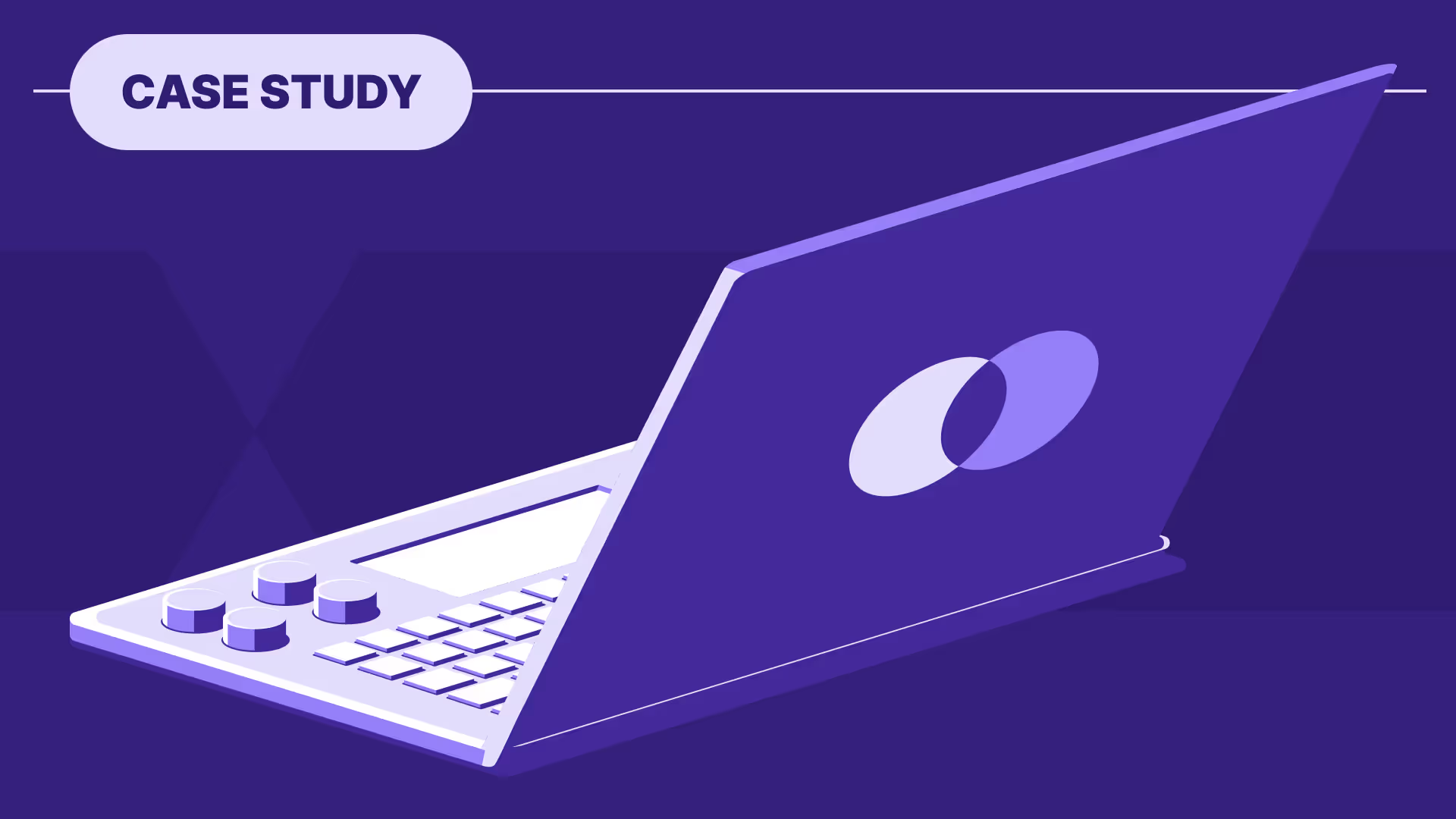



%20(1).jpg)
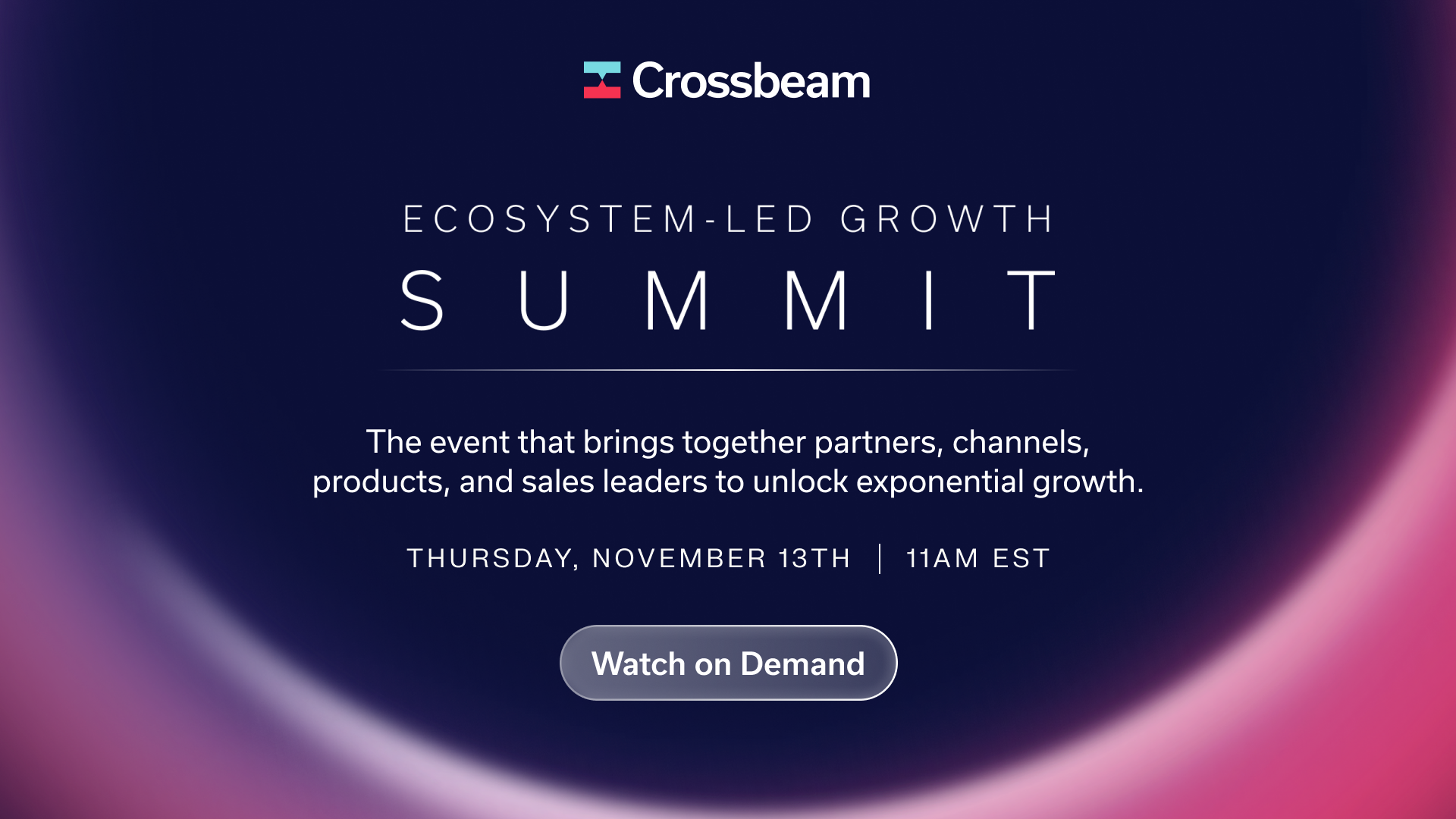

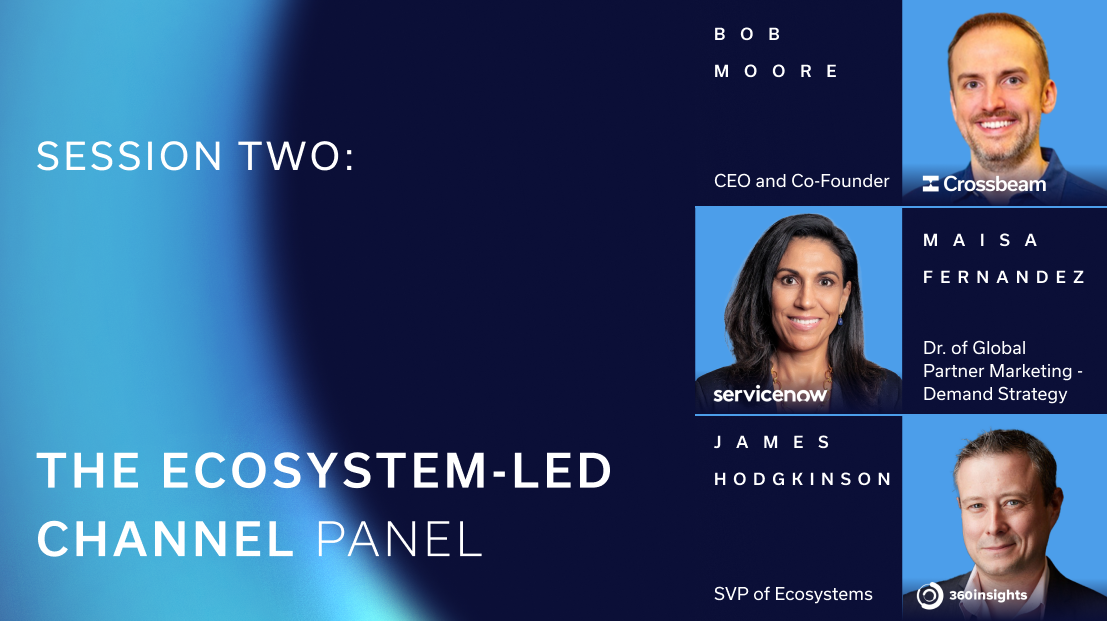



.png)
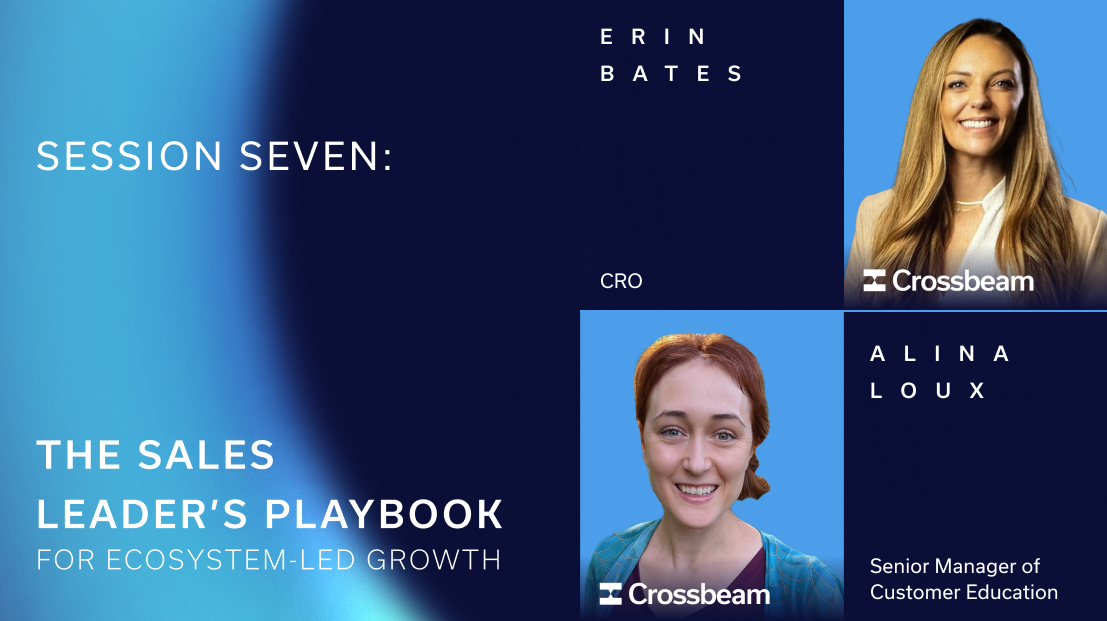













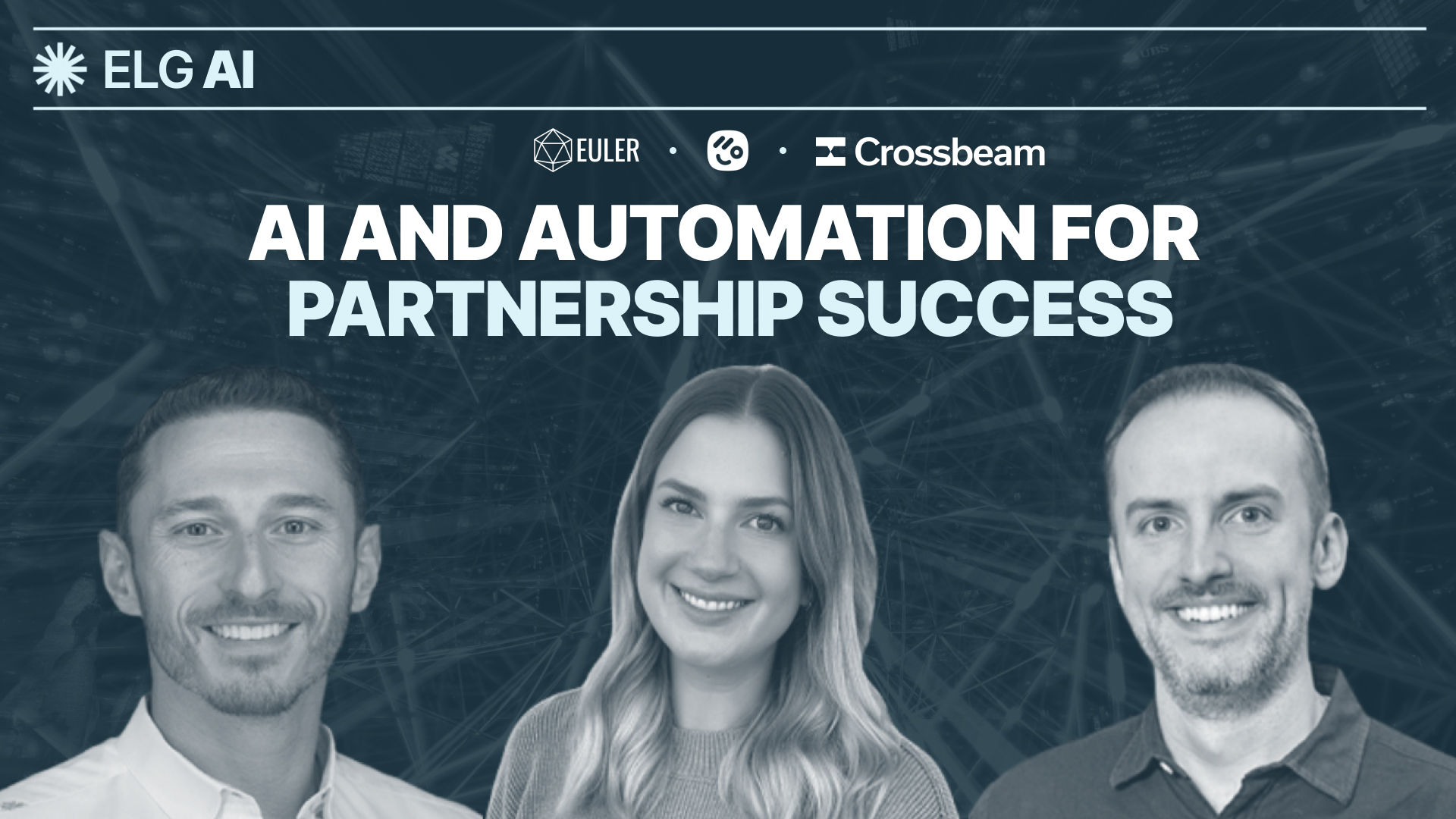
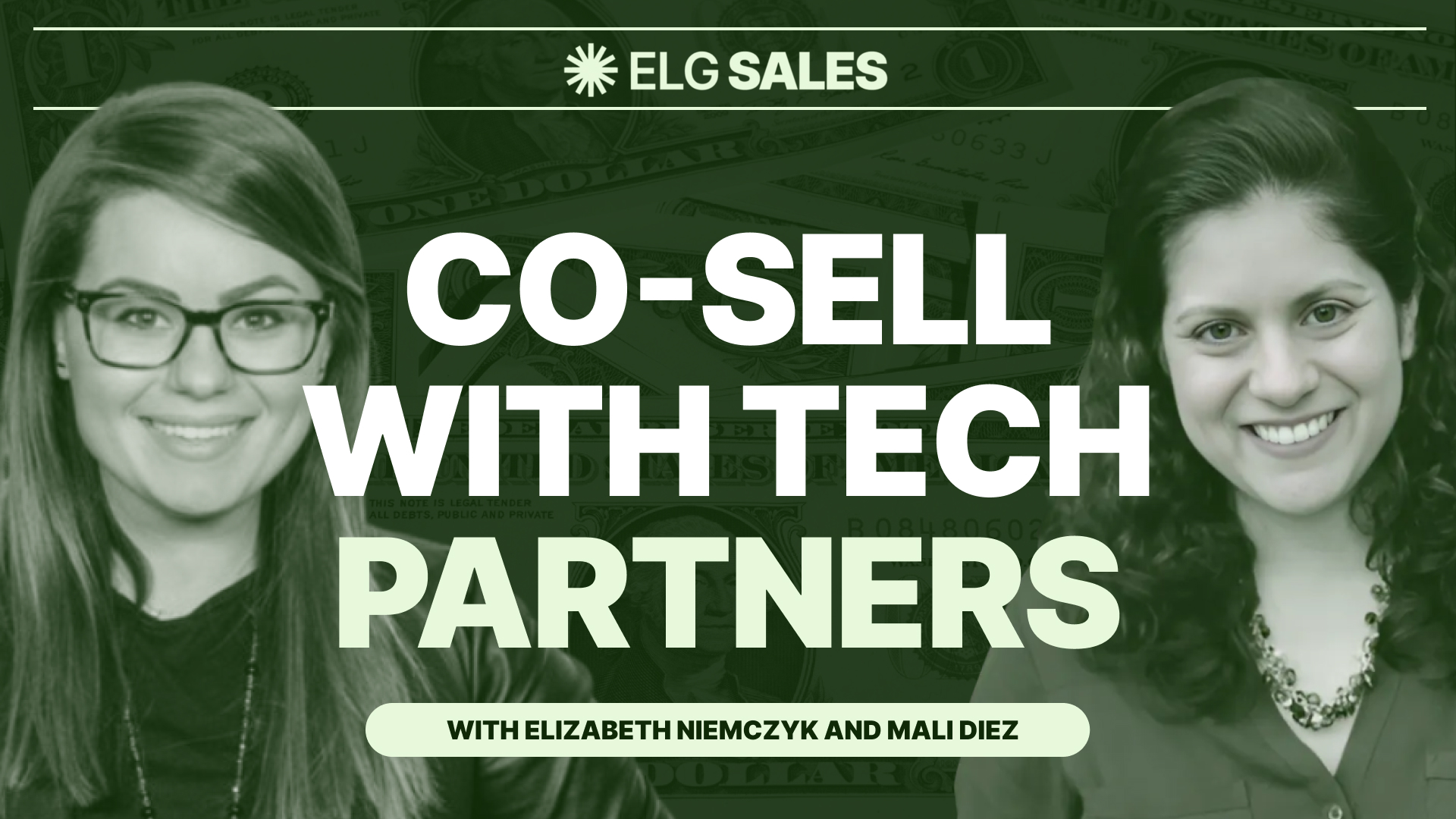

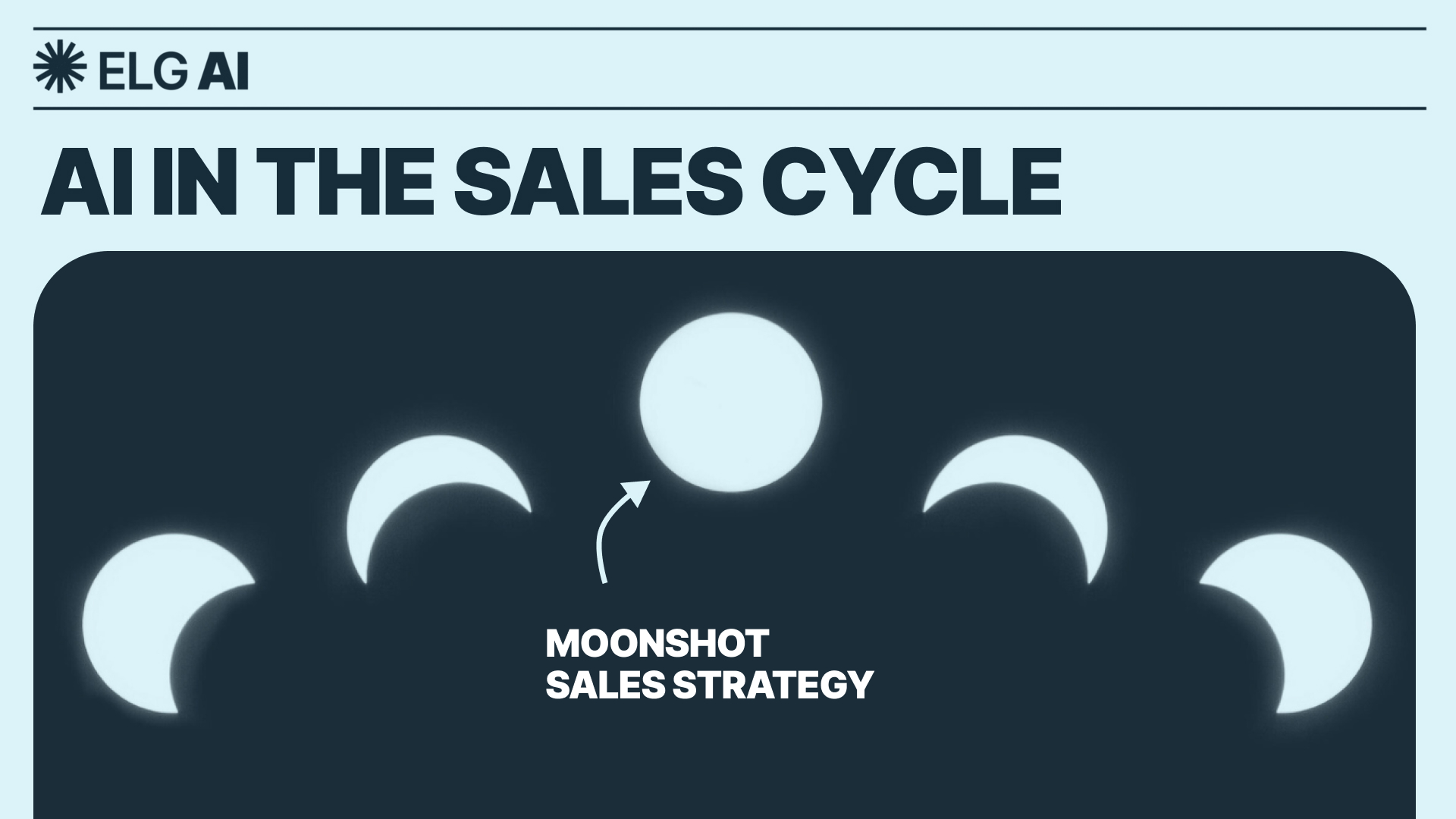


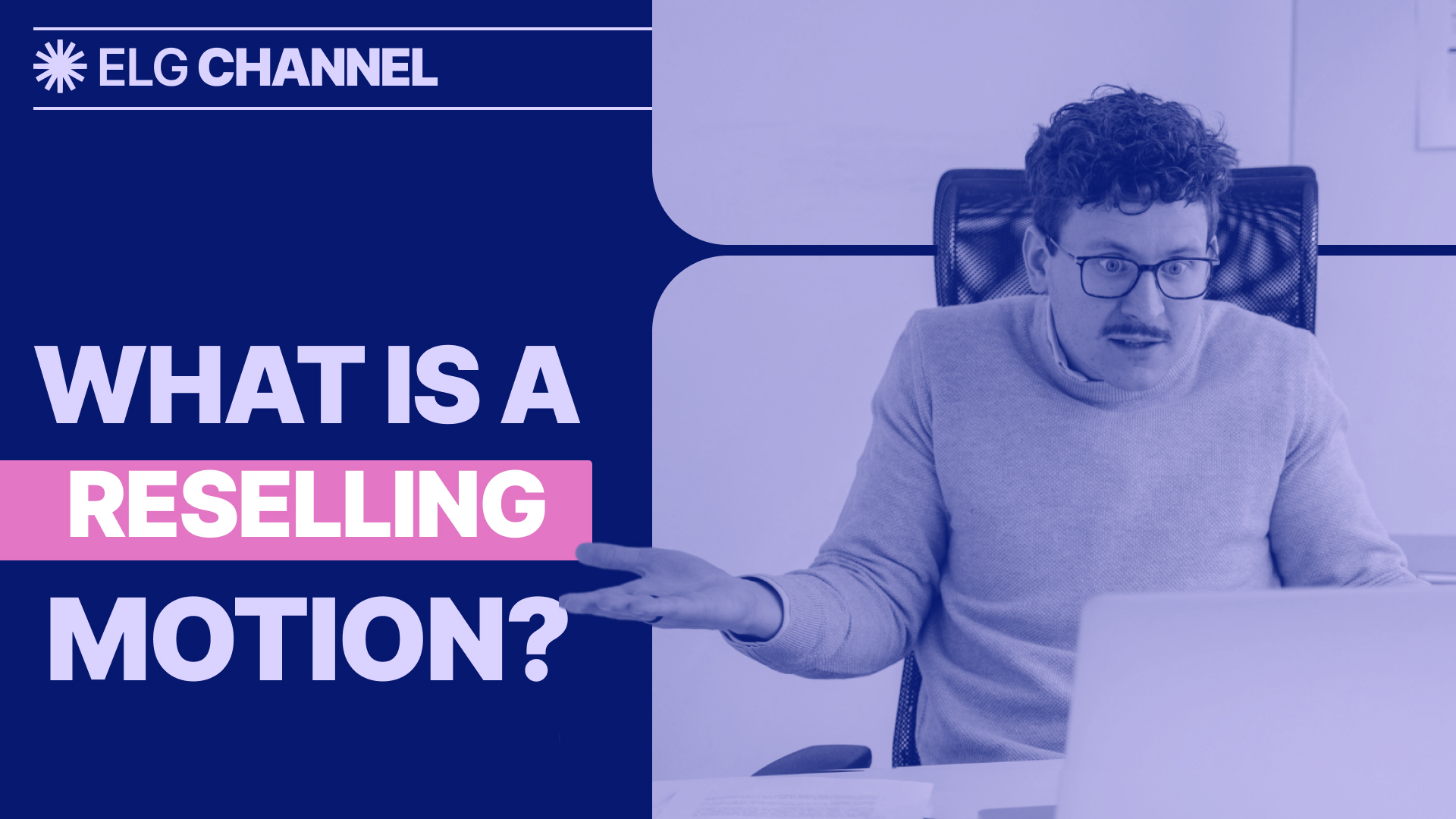
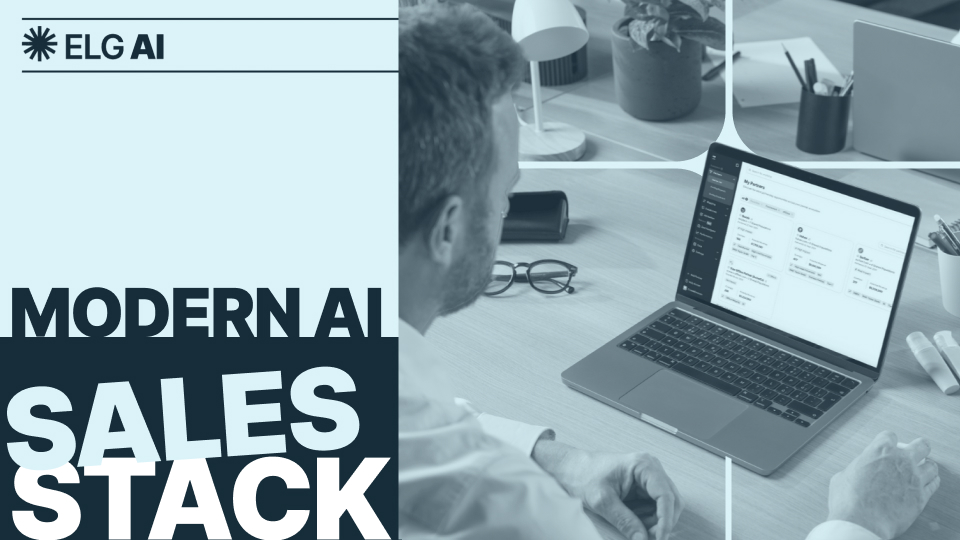






.jpg)




.png)



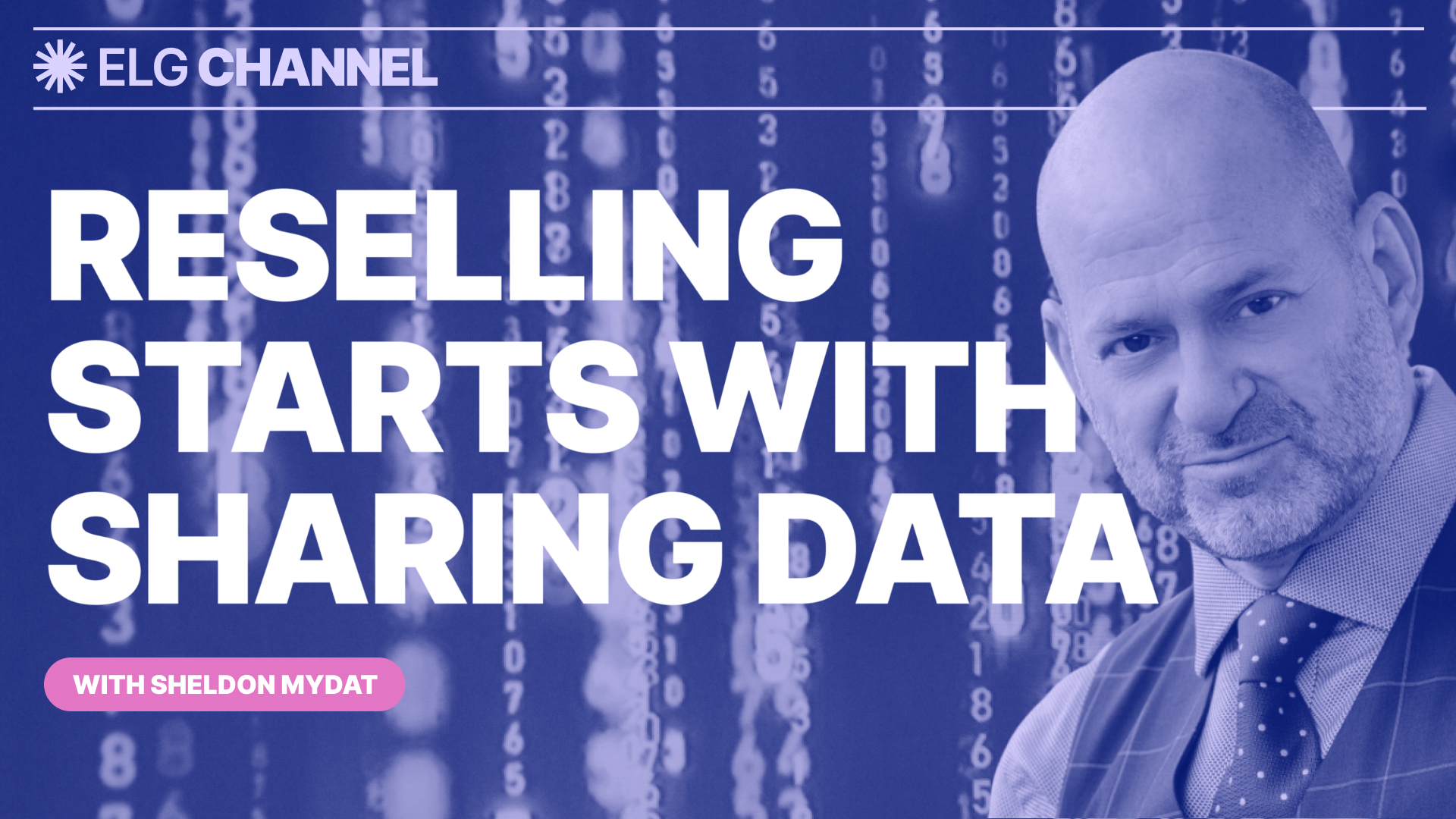


.jpg)





.jpg)

.webp)


















.webp)














